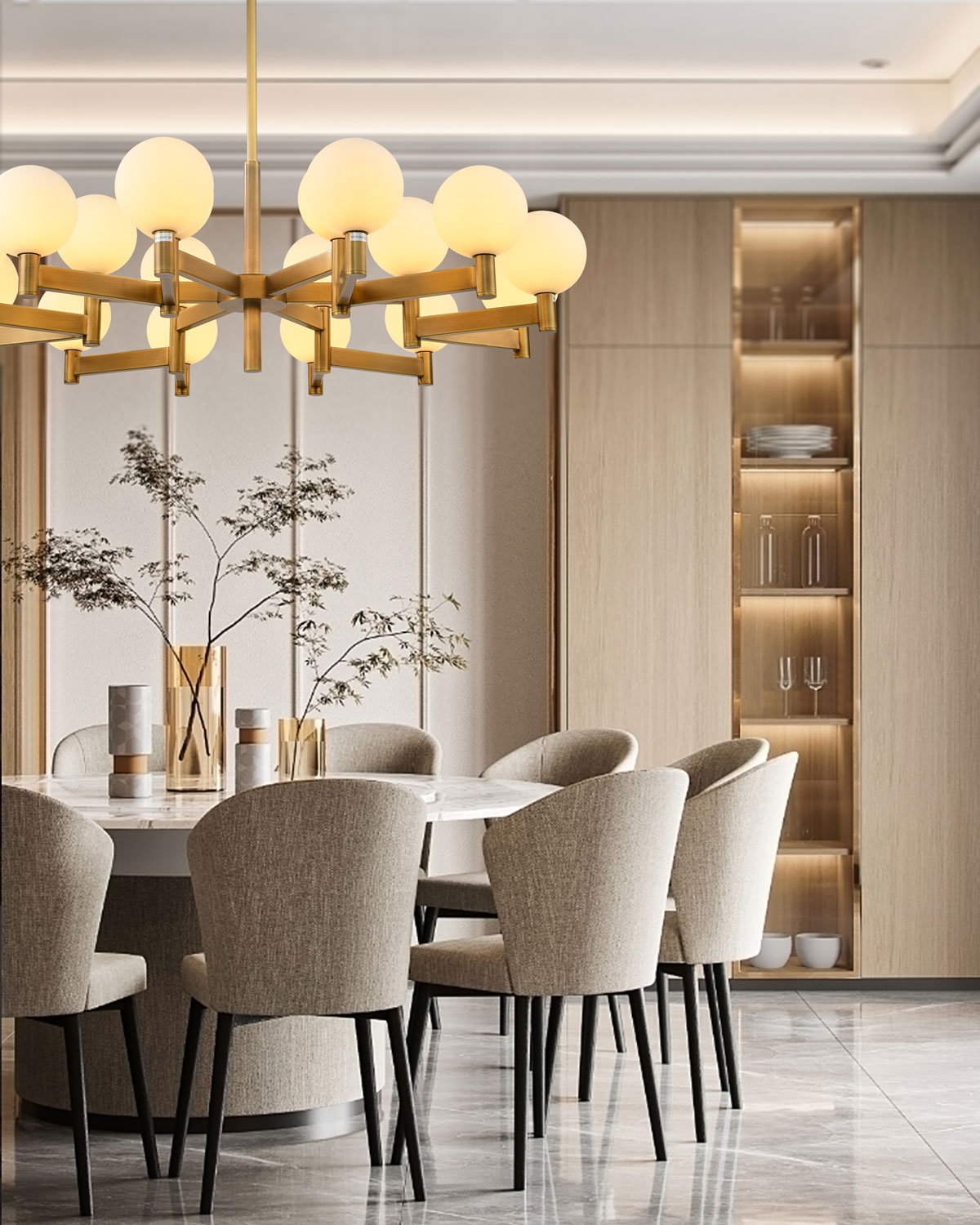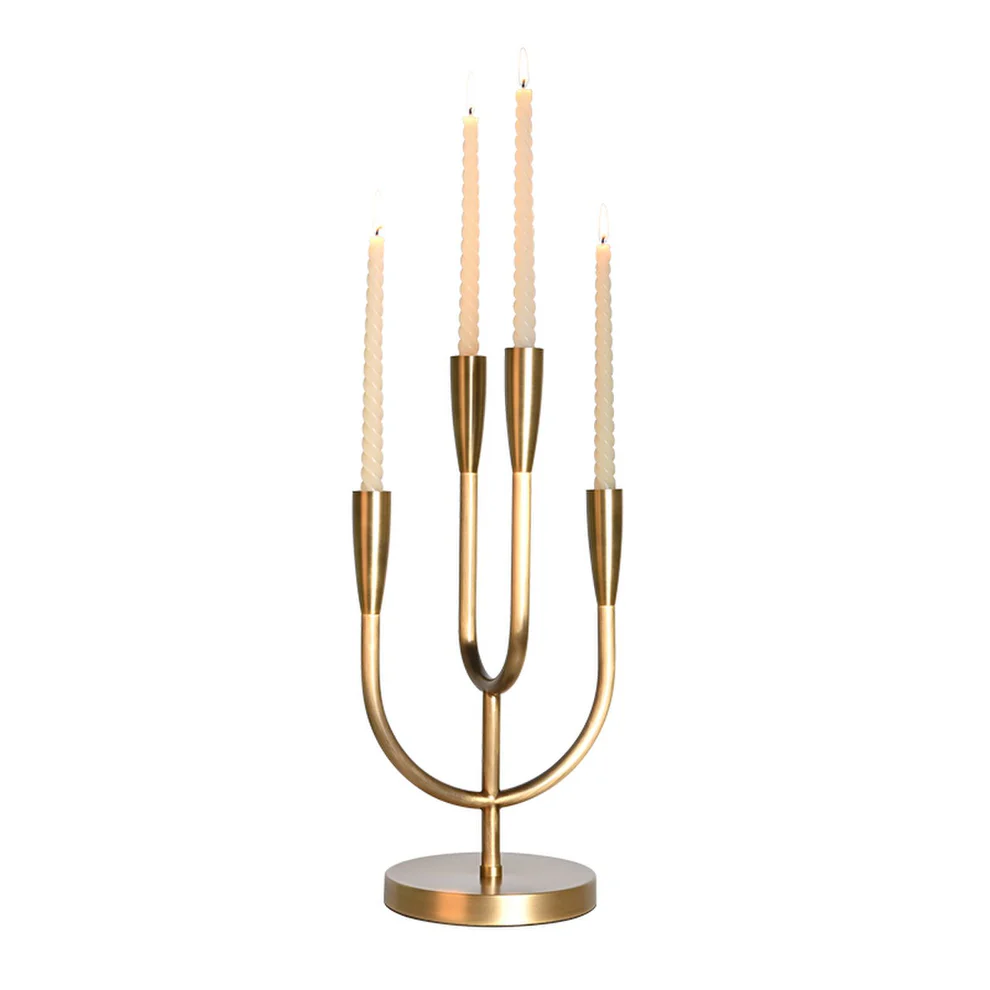Your Ultimate Guide to Choosing the Right Lamp Holder: Types, Benefits, and Buying Tips
Your Ultimate Guide to Choosing the Right Lamp Holder: Types, Benefits, and Buying Tips
Understanding Lamp holders: A Comprehensive Overview
When it comes to lighting fixtures, the Lamp holder is often an overlooked but essential component that can significantly affect the Aesthetics and functionality of your space. Whether you are designing a new room, upgrading an existing fixture, or simply replacing a broken component, understanding different types of Lamp holders and their benefits is crucial for making the right choice. In this guide, we will explore various types of Lamp holders, their characteristics, and important tips for selecting the perfect one for your needs.
What is a Lamp holder?
A Lamp holder, also known as a lamp socket, is the part of a light fixture that holds the light bulb in place and connects it to the electrical source. It plays a vital role in ensuring that your light bulb functions effectively and safely. Lamp holders come in various shapes, sizes, and materials, making it essential to choose the right one that fits your specific requirements.
Types of Lamp holders
There are several types of Lamp holders available on the market, each designed for different applications and styles. Here, we will discuss some of the most commonly used types:
| Type | Description |
| Edison Socket (E26/E27) | The most common Lamp holder type, suited for standard household bulbs. |
| Bayonet Cap (B22) | Features a push-and-twist mechanism for secure fitting; commonly used in the UK. |
| GU10 | Designed for spotlight bulbs, featuring a twist-and-lock system. |
| Bi-Pin (G4/G6.35) | Used for low-voltage and miniaturized lighting applications. |
| Medium Base (E39) | Ideal for larger bulbs; often used in commercial lighting. |
Edison Socket (E26/E27)
The Edison socket is arguably the most ubiquitous type of Lamp holder, primarily found in residential lighting in the United States (E26) and Europe (E27). This screw-in holder is compatible with a wide range of incandescent, LED, and CFL bulbs, making it a versatile choice for various lighting applications.
Bayonet Cap (B22)
The bayonet cap socket, commonly referred to as B22, is predominantly used in the UK and Commonwealth countries. This Lamp holder employs a push-and-twist mechanism which ensures a secure connection, reducing the likelihood of bulbs loosening over time. It's commonly used for both domestic and commercial purposes.
GU10
The GU10 spotlight holder is widely utilized in track lighting and recessed fixtures. It features a two-pin connection that allows easy installation through a simple twist-and-lock mechanism. GU10 holders are perfect for directional lighting and accentuating specific areas within a room.
Bi-Pin (G4/G6.35)
Bi-pin Lamp holders are typically found in low-voltage applications. The G4 and G6.35 types are popular choices for landscape lighting, under-cabinet lighting, and decorative fixtures. Their compact design allows for flexibility in various lighting layouts.
Medium Base (E39)
This larger Lamp holder type is often used in commercial and industrial settings, capable of accommodating high-wattage bulbs. It’s essential for bright lighting needs, such as in warehouses, factories, or outdoor floodlights.
Benefits of Choosing the Right Lamp holder
Selecting the appropriate Lamp holder provides numerous benefits that extend beyond mere Aesthetics. Here are some key advantages:
- Safety: A well-fitted Lamp holder minimizes electrical hazards, ensuring that bulbs remain securely in place, reducing the risk of short circuits.
- Versatility: Different Lamp holders accommodate various bulb types, allowing you to easily switch between incandescent, CFL, or LED options depending on your preference.
- Aesthetic Appeal: The right Lamp holder can enhance the overall design of your fixture, contributing to the style and ambiance of your space.
- Efficiency: Choosing an energy-efficient bulb compatible with your holder can lead to long-term savings on energy bills while reducing environmental impact.
Factors to Consider When Choosing a Lamp holder
When it comes to selecting the ideal Lamp holder, several key factors should guide your decision-making process:
1. Compatibility with Bulbs
Ensure that the Lamp holder you choose is compatible with the type of bulb you intend to use. Check the size and fit, as different holders work with specific bulbs.
2. Material Quality
Look for Lamp holders made from durable materials, such as ceramic or high-quality plastic, which can withstand heat and prevent fire hazards.
3. Aesthetic Design
Consider the visual aspects in relation to your space. Choose a Lamp holder that complements the overall style of your room, whether it’s modern, vintage, or industrial.
4. Electrical Rating
Ensure the Lamp holder has a suitable electrical rating to handle the wattage of the bulb without risk of overheating or damage.
5. Ease of Installation
If you're planning a DIY lighting project, look for Lamp holders designed for easy installation to simplify the process.
How to Replace a Lamp holder
If you need to replace a faulty Lamp holder, here’s a step-by-step guide:
- Turn Off Power: Safety first! Always turn off power at the circuit breaker before working on electrical components.
- Remove the Old Holder: Unscrew any screws or nuts that hold the old Lamp holder in place and gently disconnect the wiring.
- Install the New Holder: Connect the wires to the new Lamp holder, ensuring correct polarity—typically, black (or red) is live, and white is neutral.
- Secure the Holder: Reattach any screws or nuts to secure the new Lamp holder in place.
- Turn on Power: Once everything is securely connected, turn the power back on and test the new Lamp holder.

Common Questions About Lamp holders
As you consider purchasing a Lamp holder, you might have some questions. Below are a few common queries:
- Can I use any bulb with any Lamp holder? Not all bulbs are compatible with every Lamp holder. Always check the specifications of both to ensure safety and compatibility.
- What should I do if my Lamp holder is loose? A loose Lamp holder can cause electrical issues. Check for any wear or damage, and consider replacing it if necessary.
- Are LED bulbs suitable for all Lamp holders? Most Lamp holders can accommodate LED bulbs, but it’s always wise to confirm compatibility before making a purchase.
- Can I paint my Lamp holder? While some materials can be painted, it’s advisable to avoid painting electrical components due to potential safety hazards.
Conclusion
In conclusion, investing time in selecting the right Lamp holder is integral to achieving not only functional but also beautiful lighting in your home or office. By understanding the various types of Lamp holders available, their benefits, and essential factors to consider, you’ll be better equipped to make an informed choice that meets your needs. Always prioritize safety and compatibility, and don’t hesitate to consult with professionals if you’re unsure about your options. Armed with this knowledge, you can illuminate your space effectively and stylishly.
Whether you are outfitting a brand-new space or upgrading your current lighting setup, remember that a quality Lamp holder serves as the foundation for your lighting system. Happy lighting!
